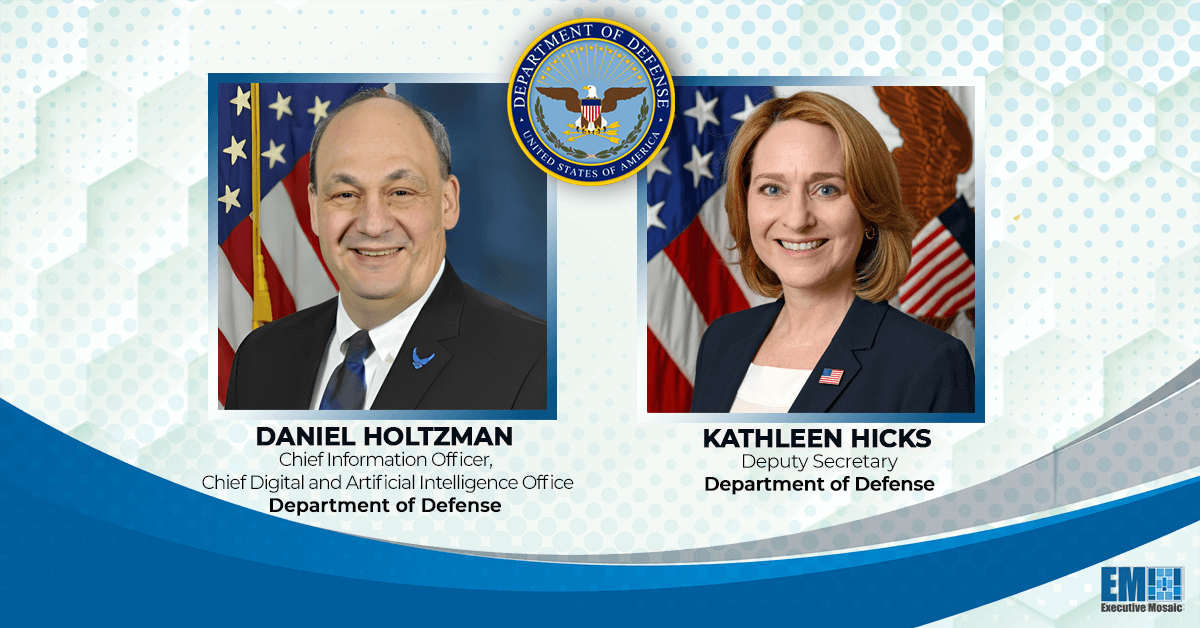Although elaborate technological demands are certainly one hurdle to the Department of Defense achieving Combined Joint All-Domain Command and Control, the quieter but no less pressing challenge is government bureaucracy, Breaking Defense reported earlier this month.
“It’s a very complex political problem, I think the tech is the easy part. How do we share the data?” How do we get through what I’m going to call the policy folklore?” posed Daniel Holtzman, chief information officer in the Chief Digital and Artificial Intelligence Office at the DOD.
The latest test of the DOD project known as CJADC2 is part of the Global Information Dominance Experiments, or GIDEs. Upcoming GIDEs are setting the stage for a decisive trial balloon scheduled for the end of 2025: an aircraft carrier and flanking vessels that will sail through multiple geographical zones while (hopefully) maintaining connectivity to both domestic and allied warfighters.
Want to know more about CJADC2 and how the DOD is working to ramp up connectivity with global partners? Attend the Potomac Officers Club’s first-ever GovCon International Summit on Oct. 10, where there will be a panel discussion on CJADC2 featuring esteemed experts. Register here!
CJADC2 is the DOD’s attempt to unify and synchronize communications across the air, space, land, sea and cyber realms, amongst allies and the joint force. Holtzman said the aircraft carrier demonstration will be the “ultimate example” of the concept, which Deputy Secretary of Defense Kathleen Hicks deemed “real and ready now,” at least in preliminary form, at the start of 2024. (Hicks is also a multiple Wash100 Award winner.)
What CJADC2 Success Requires
The massive undertaking a year from now will reportedly travel through the area assigned to three separate U.S. combatant commands, or COCOMs, and four foreign nations on the journey there and three COCOMs and foreign nations on the way back. The process is meant to bypass the labyrinthine political processes that military operations often get caught up in, with a turn toward a “plug-and-play” strategy, per Breaking Defense.
This might require non-uniformed DOD personnel and technicians to adopt the mindsets of soldiers.
“Our warfighters are very, very good at being very inventive, and they understand risk because they’re trained, they have solid foundations, they know when they need to deviate [from standard procedures],” Holtzman observed. “We don’t operate in that way in the cloud with data, and we’re trying to get to that point where we can.”
SAIC Command and Control Strategist Jon Rhone will moderate the CJADC2 panel at the GovCon International Summit. Don’t miss this chance to learn and speak with top CJADC2 change-makers.




